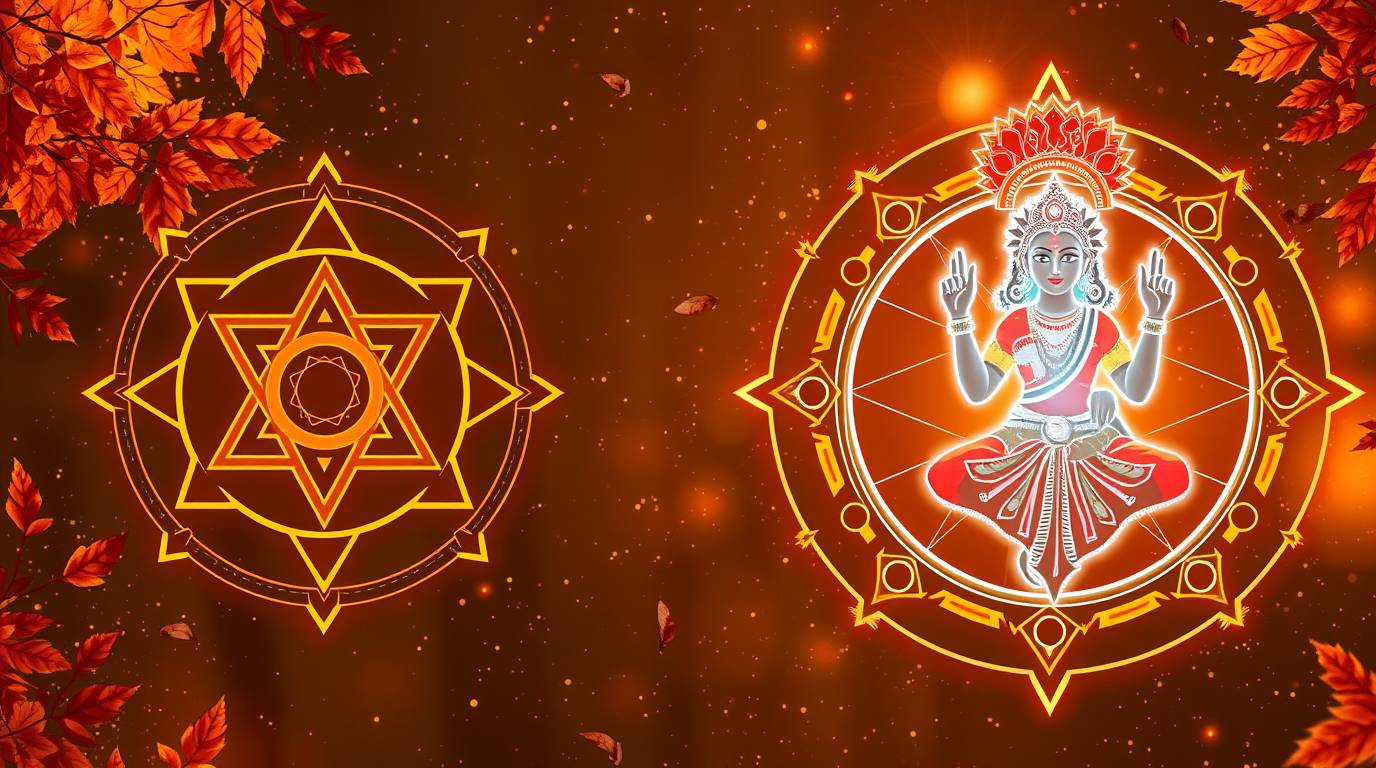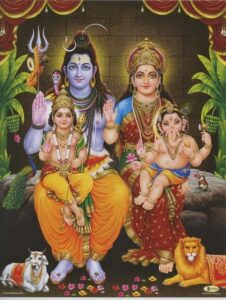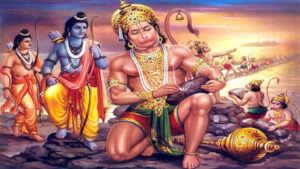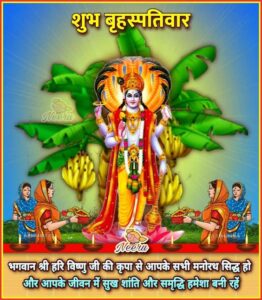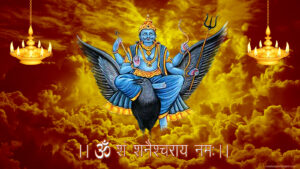What is Yantra? A Deep Dive into the Sacred Geometry of Spiritual Power
Introduction: Understanding the Power of Yantra
In the ancient spiritual traditions of India, the term Yantra holds deep mystical and esoteric significance. Derived from the Sanskrit root “yam,” meaning “to control” or “restrain,” and “tra,” meaning “instrument,” Yantra essentially means a tool or device for controlling or channeling energy. It is not merely a symbol or design—it is a powerful energetic diagram that acts as a gateway to higher realms of consciousness.
What is Yantra? Definition and Meaning
A Yantra is a sacred geometric diagram used as a visual aid in meditation, ritual worship (puja), and spiritual awakening. It is believed to attract and focus cosmic energies in a specific pattern that resonates with the divine energies of the universe. Each line, triangle, circle, lotus petal, and bindu (dot) in a Yantra represents a different aspect of universal energy or a deity.
Yantras are often used in conjunction with mantras and tantras, forming a trinity of spiritual practice in Vedic and Tantric traditions.
Historical Origins of Yantras
Yantras have been an integral part of Hinduism, Buddhism, and Tantric practices for thousands of years. Ancient scriptures like the Atharva Veda, Tantra Shastra, and Agama Shastra detail the use of Yantras for both spiritual upliftment and material gain.
These mystical diagrams were traditionally hand-drawn on copper plates, palm leaves, or etched into stone, silver, or gold. They were used in temples, homes, and even worn as talismans for protection, success, and spiritual harmony.
The Sacred Geometry Behind Yantras
Yantras are not random artistic expressions. They are precise geometric formations based on ancient mathematical and spiritual principles. The basic elements of a Yantra include:
- Bindu (Central Dot): The source of energy; represents unity, the divine, or the deity.
- Triangles: Pointing upwards represents Shiva (masculine energy), while pointing downwards represents Shakti (feminine energy).
- Circles: Represent cycles of life, infinity, and the cosmos.
- Squares: Symbolize stability, the earth, and protection.
- Lotus Petals: Represent purity and chakras (energy centers).
- Outer Lines: Serve as a symbolic gateway, often in the form of a square with four openings (Bhupura).
This structured layout allows the Yantra to vibrate with a specific frequency that aligns with cosmic principles and the human energy system.
Types of Yantras and Their Meanings
Each Yantra is associated with a specific deity or purpose. Some of the most powerful and widely used Yantras include:
1. Shri Yantra
- Perhaps the most famous and powerful Yantra, dedicated to Goddess Lalita Tripura Sundari, an aspect of Divine Mother.
- Represents abundance, wealth, divine feminine energy, and spiritual enlightenment.
- Composed of nine interlocking triangles forming 43 smaller triangles.
2. Kuber Yantra
- Associated with Lord Kuber, the god of wealth.
- Used to attract prosperity and financial growth.
3. Maha Mrityunjaya Yantra
- Dedicated to Lord Shiva.
- Used for protection, health, and overcoming fears, especially the fear of death.
4. Saraswati Yantra
- Dedicated to Goddess Saraswati.
- Helps in enhancing knowledge, creativity, and communication skills.
5. Durga Yantra
- Symbolizes power and protection.
- Helps in destroying negative energies and obstacles in life.
6. Navagraha Yantra
- Represents the nine planetary energies.
- Used to pacify planetary doshas (malefic effects) in astrology.
How Does a Yantra Work?
A Yantra acts like a spiritual antenna that draws in specific vibrations and aligns the practitioner with those frequencies. Here’s how:
- Energy Attraction: The geometric symmetry attracts universal energies and directs them into the surroundings.
- Mind Focus: When meditated upon, the Yantra helps calm the mind and improves concentration.
- Spiritual Channeling: It acts as a tool for invoking the deity associated with the Yantra.
- Chakra Alignment: Regular use can activate and align the chakras, the energy centers of the body.
In this way, a Yantra becomes a living field of energy when activated through rituals, mantras, and intention.
Yantra vs. Mandala vs. Mantra: What’s the Difference?
While all three are tools for spiritual growth, they serve different functions:
- Yantra: A visual, geometric representation of spiritual energies.
- Mandala: More artistic, used in Tibetan Buddhism and other traditions for meditation and visualization.
- Mantra: A sacred sound or phrase chanted or repeated to evoke spiritual vibrations.
Often, a Yantra is used alongside a mantra for more potent effects.
How to Use a Yantra in Daily Life
Incorporating Yantras into your spiritual practice doesn’t require complex rituals. Here are some common ways to use them:
1. Meditation
Place the Yantra at eye level. Focus on the bindu (central dot) while chanting the associated mantra. This deepens concentration and spiritual connection.
2. Worship
Keep the Yantra on your home altar. Offer flowers, incense, and light a diya (lamp) before it.
3. Vastu Correction
Yantras can be used to correct energy imbalances in homes or workplaces. For example, the Shri Yantra in the north-east direction enhances wealth and positivity.
4. Wearable Yantras
Miniature Yantras made of gold, silver, or copper can be worn as pendants or rings to attract specific energies like protection, wisdom, or prosperity.
Importance of Energizing a Yantra
A Yantra must be pran pratishthit (energized) before it can be used effectively. This is done by chanting specific mantras and performing a short ritual to invoke the deity. Without activation, it is just a lifeless symbol.
Steps to energize a Yantra:
- Purify the Yantra with water or milk.
- Light incense and a ghee lamp.
- Chant the associated mantra 108 times.
- Offer flowers, rice, and sandalwood paste.
- Meditate with intention.
Scientific Relevance of Yantras
Modern researchers in fields like sacred geometry, quantum physics, and vibrational therapy are exploring the deeper meanings of ancient spiritual tools. Some findings suggest:
- Geometric patterns like those in Yantras influence the brain’s theta and alpha wave activity.
- Visual concentration on symmetrical patterns can reduce stress and induce meditative states.
- The repetition of mantras while gazing at Yantras can increase focus, emotional balance, and mental clarity.
Benefits of Using Yantras
Using a Yantra regularly can offer a wide range of spiritual and practical benefits:
- Enhanced focus and clarity
- Attraction of wealth and prosperity
- Protection from negative energies
- Boost in confidence and mental strength
- Spiritual awakening and self-realization
- Chakra healing and energy alignment
- Improved meditation experiences
Whether you’re a beginner or a seasoned spiritual seeker, incorporating a Yantra into your daily routine can be transformative.
Choosing the Right Yantra for You
Not every Yantra is suitable for every person. The choice depends on your goals, life challenges, astrological chart, or spiritual inclinations. Some tips:
- For Wealth and Prosperity: Choose Shri Yantra or Kuber Yantra.
- For Health and Healing: Maha Mrityunjaya Yantra.
- For Knowledge and Wisdom: Saraswati Yantra.
- For Protection: Durga Yantra or Kali Yantra.
- For Planetary Problems: Navagraha Yantra.
Consulting with a spiritual guide, astrologer, or Vedic priest can help you make an informed choice.
Final Thoughts: The Yantra as a Tool for Inner Transformation
A Yantra is more than a decorative piece of art—it is a dynamic, sacred tool that can elevate your spiritual practice and transform your life. As a visual representation of divine energies, it connects you to higher realms and helps harness the universal life force.
In a world full of distractions, Yantras offer a grounded and powerful means of focusing the mind, protecting the spirit, and realizing the true potential within.
